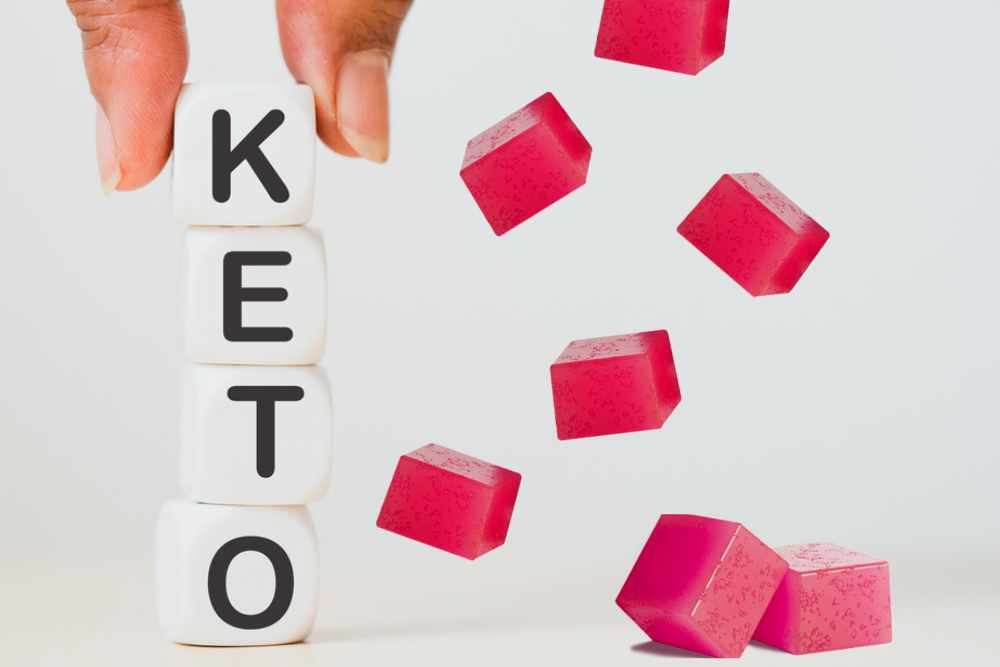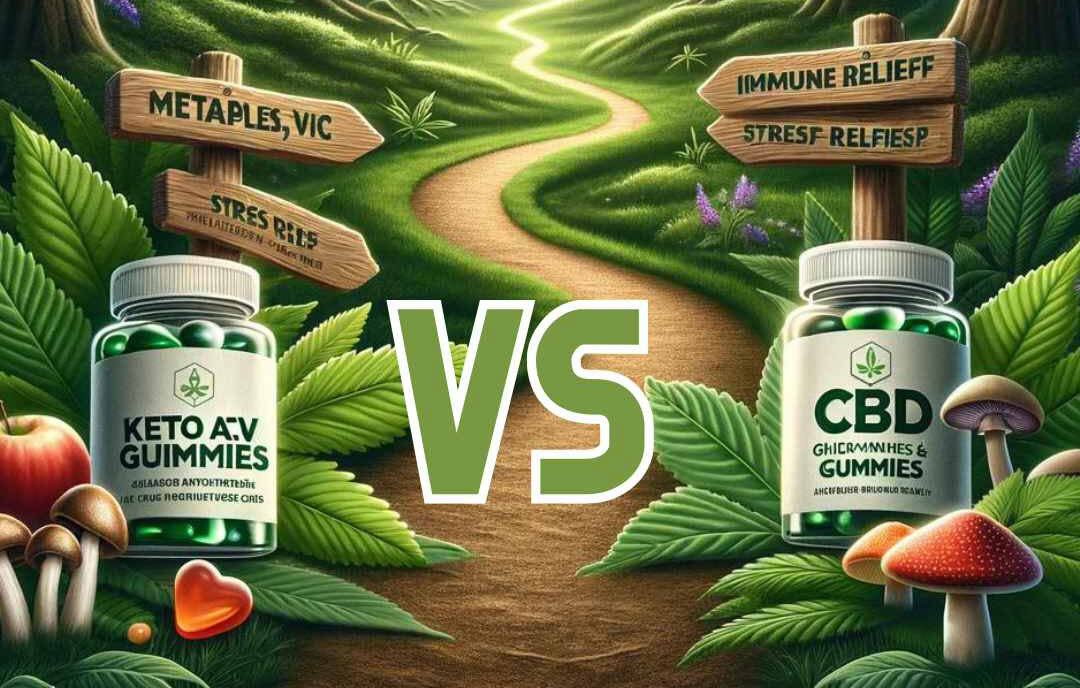What are Cannabinoids?
As the scientific talk and action continues to surround and encourage cannabis, THC, and CBD research, you’ve probably also heard a thing or two about cannabinoids.
So what are they? How do they work? Cannabinoids, phytocannabinoids, endocannabinoids, are they all terms that may be used interchangeably? There are some major differences between those terms, so we’ll be sure to clear that up for you today as well as talk about the rockstar minor cannabinoids that are catching more than an average attention: CBG, CBN, and CBC.
Let’s dive right in!
What is CBD?
CBD is the medical short term for cannabidiol. You’ve probably seen it, tried it, read about it, and or heard about it, maybe even a handful of times. As it continues to rise in popularity and boom in the holistic health and cannabis markets, is it right for you? CBD is a non-psychoactive compound, it won’t get users high, users won't have mind-altering effects. Unlike THC, CBD does not connect directly to cannabinoid receptors in our bodies, hence, no mind-altering or psychoactive high to come running around the corner unexpectedly.

The research surrounding CBD is becoming quite the craze, if we do say so ourselves! Studies are continuously providing support for cannabidiol and its therapeutic potential to help a wide array of health concerns, including:
- Anxiety
- Mood
- Heart Health
- Acne
- Seizures
- Epilepsy
- Allergies
- Headaches
- Inflammation
- Sleep
What are the Types of Cannabinoids?
First and foremost, by definition, cannabinoids are compounds found in the cannabis plant that interact with our bodies’ receptors. It can somewhat be considered an overcoat term since CBD and THC, for instance, can wear the jacket of being called cannabinoids.
So if cannabinoids are compounds found in the cannabis plant, what are endocannabinoids and phytocannabinoids? Well, endocannabinoids are internally produced cannabinoids, these are an essential component of our body’s endocannabinoid system (ECS). You can think of ‘endo-’ as being internal or inside and ‘cannabinoid’ as a cannabis compound. On the other hand, phtyocannabinoids are considered exogenous cannabinoids, plant-derived cannabinoids.

From a bigger picture type of perspective, you may hear these terms being used interchangeably and that’s okay! If there is a clear distinction that needs to be made in a specific context with each word, we’ll surely let you know!
Furthermore, there are 5 main types of cannabinoids (both major and minor) that we want to bring to light today to help you get a better grip of how and what to know about the cannabinoid fam.
1. THC
Tetra-hydrocannabinol, THC, is a major cannabinoid. This is the primary psychoactive cannabinoid found in the cannabis plant. Commonly referred to as weed, Mary J, cannabis, kush, etc. THC is typically derived from the marijuana plant. THC may exert a high and mind-altering effects in users.
2. CBD
Like we briefly mentioned above, cannabidiol (CBD) is similar but different compared to THC - no high to be had, but can be taken from the same cannabis plant, and is also a major cannabinoid. CBD is special in that it can be derived from either the hemp or marijuana plant.
However, taking CBD from the marijuana plant may lead to higher levels of THC being present (0.3% - 25% THC), which may not be your goal. Nonetheless, CBD derived from hemp contains 0.0% - 0.3% THC, thus, users will not likely experience a high.
3. CBG
Cannabigerol, CBG for short, is a minor cannabinoid compound derived from the cannabis plant. It is non-psychotropic and is abundant in some hemp varieties. Cannabis plants produce cannabigerolic acid (CBGA), the precursor to tetrahydrocanabinolic acid (THCA), cannabidiolic acid (CBDA), and cannabichromenic acid (CBCA). CBG may be helpful in treating glaucoma, decreasing inflammation, and may even act as a neuron protectant. More on this at a later time.
4. CBN
Cannabinol, CBN for short, is another minor cannabinoid compound that is also non-toxic. CBN is created when THC begins to age. So it’s typical to see more CBN is older cannabis plants, literally. CBN is beginning to pop up in the cannabis literature with studies supporting antibacterial and neuroprotectant potential.
5. CBC
Cannabichromene, or CBC, is a powerful, non-psychoactive minor cannabinoid compound. Similar to how CBG is created through the precursors of other acids, CBC is also a precursor of cannabidiolic acid (CBDA). CBC has been suggested to help contribute to the “entourage effect”, the overcoat term for the beneficial and therapeutic potentials of cannabinoids.
CBD vs Minor Cannabinoids: The Difference
Now that we’ve got a basis for some of the major and minor cannabinoids that are commonly being seen in cannabis products, do they all go together? Can you purchase them separately? Is there a certain cannabinoid ideal recipe?
Many CBD products do include some minor cannabinoids, such as the ones we included above. This may help provide a more “entourage effect” in users. However, some of these minor cannabinoids can be extremely expensive, tedious to extract from the cannabis plant, and may only be present in your CBD oils or products in very minor amounts.
That being said, finding a reputable company that includes minor cannabinoids in their CBD products is key! Not only should you ask for certificates of analysis (CoA) to see what is actually in their products, but also ask if they do in-house and third-party lab testing. This will help you ensure that their products are tested for quality, assurance, and potency.
What Cannabinoids Does Nanocraft Offer in Products?
Here, at Nanocraft CBD, we offer a plethora of products that contain high quality, high potency CBD, in addition to the therapeutic potentials of the minor cannabinoids, including CBC, CBN, and CBG. We’ve worked hard to craft products that not only meet your immediate needs, but achieve your long-term goals, without the high.
Day Time Formula CBD Oil
Nanocraft’s Day Formula contains a proprietary blend of broad-spectrum CBD oil, with natural and powerful ingredients, helping you power through the day. Combining a unique blend of cannabinoids, users can experience an “entourage effect” with CBD and CBN, assisting you into a realm of relaxation.

In addition to the calming benefits of CBD and CBN, impressive levels of Vitamin B-12 come packed in this Day Formula, which may assist you in healthy cell functioning. Lion’s Mane is also a natural mushroom that may contain a number of health-promoting substances. Caffeine is also a clean, natural boost to this day blend, which may help improve your morning alertness as your day progresses.
Night Time Formula CBD Oil
Assist with recovery, relaxation, and a powerful recharge. Nanocraft’s Night Formula utilizes a suite of known sleep support agents in tandem with our highly bioavailable Broad-Spectrum CBD and CBN, to assist you with flawless, continued rest.

With a taste of relaxing lavender, a blend of passionflower, 5-HTP, a touch of melatonin, and a dream of CBN, this calming blend is the perfect way to prepare your mind and body for deep, restorative sleep.
Pure Formula CBD Oil
Our Pure CBD Oil Formula may provide you tasty and therapeutic benefits. In addition to the invigorating and refreshing taste of ginger citrus, this broad-spectrum CBD oil is packed with anti-inflammatory and neuroprotective properties that encompass cannabidiol, while providing users with the potentials of the “entourage effects”.

With CBD, CBC, CBG, and CBN blended seamlessly with MCT oil, users may benefit from the unique combination of terpenes, flavonoids, cannabinoids, and ginger citrus.
Gold Series CBD Oils
Our 1000 mg, 2000 mg, and 3000 mg Gold Series Tincture has been crafted to meet your gold standards for CBD. The combination of these cannabinoid compounds, including CBD, CBG, CBC, and CBN, work together to create unique effects, commonly referred to as the “entourage effect”.

Each and every batch is third-party tested to ensure our product is natural, consistent, and potent. With a hearty dose of CBD and minor cannabinoids, the Gold Series Drops can be used everyday to help promote wellness and may assist with recovery throughout your entire body.
If you're interested in taking or using other forms of CBD, we also carry CBD Topicals, CBD Waters, CBD Powders, CBD Softgels, and CBD for Athletes.

Minor Cannabinoids: Final Thoughts
You’re all set! You’ve taken the time you get some much needed information on cannabinoids, how they work, what constitutes as major and minor ones, and what products may provide you with potential “entourage effects”.
At Nanocraft, we take pride in crafting products that are fit to meet the athlete in all of us. Whether you’re looking to start taking CBD to help alleviate some of your COVID-19 anxiety or you are looking to get a more restful sleep, our products can help you get there, one drop at at time.
Until next time, stay safe, wear your mask, and take CBD.
Peace and love, always!
*DISCLAIMER: The information in this article is for educational purposes only. It does not exploit or provide medical advice of any kind. Therefore, any reliance you place on the information below is strictly at your own risk. Please check with your medical provider before starting or changing a CBD routine.
Nanocraft SciencesHuman Performance Researcher | Lifestyle Medicine AdvocateKirsten Thornhill was born and raised in a small farm town in Stanislaus County, California. Kirsten graduated with a Bachelor of Arts in Exercise Science from CSU Stanislaus and her Master of Science degree in Exercise Physiology from Point Loma Nazarene University in San Diego, CA. She is currently in pursuits of a PhD in Health Sciences: Human & Sport Performance at Rocky Mountain University of Health Professions in Northern Utah, specializing in Cardiology and Rehabilitation. She is very passionate about human physiology and the metabolic and nutritional adaptations that occur during exercise in athletes. Kirsten enjoys educating and informing people about the importance of lifetime movement, plant-based eating, and health research and development. Her passion for natural, lifestyle medicine enables her to strive when promoting health and education.
Sources:
DeLong, G. T., Wolf, C. E., Poklis, A., & Lichtman, A. H. (2010). Pharmacological evaluation of the natural constituent of Cannabis sativa, cannabichromene and its modulation by Δ(9)-tetrahydrocannabinol. Drug and alcohol dependence, 112(1-2), 126–133. https://doi.org/10.1016/j.drugalcdep.2010.05.019
Hampson, A. J., Grimaldi, M., Axelrod, J., & Wink, D. (1998). Cannabidiol and (-)Δ9-tetrahydrocannabinol are neuroprotective antioxidants. Proceedings of the National Academy of Sciences, 95(14), 8268-8273.
Navarro, G., Varani, K., Reyes-Resina, I., Sánchez de Medina, V., Rivas-Santisteban, R., Sánchez-Carnerero Callado, C., Vincenzi, F., Casano, S., Ferreiro-Vera, C., Canela, E. I., Borea, P. A., Nadal, X., & Franco, R. (2018). Cannabigerol Action at Cannabinoid CB1 and CB2 Receptors and at CB1-CB2 Heteroreceptor Complexes. Frontiers in pharmacology, 9, 632. https://doi.org/10.3389/fphar.2018.00632
- #cannabidiol
- #cbd
- #cbdforathletes
- #cbdoil
- #hemp
Tagged under















No comments yet!
Be the first to comment